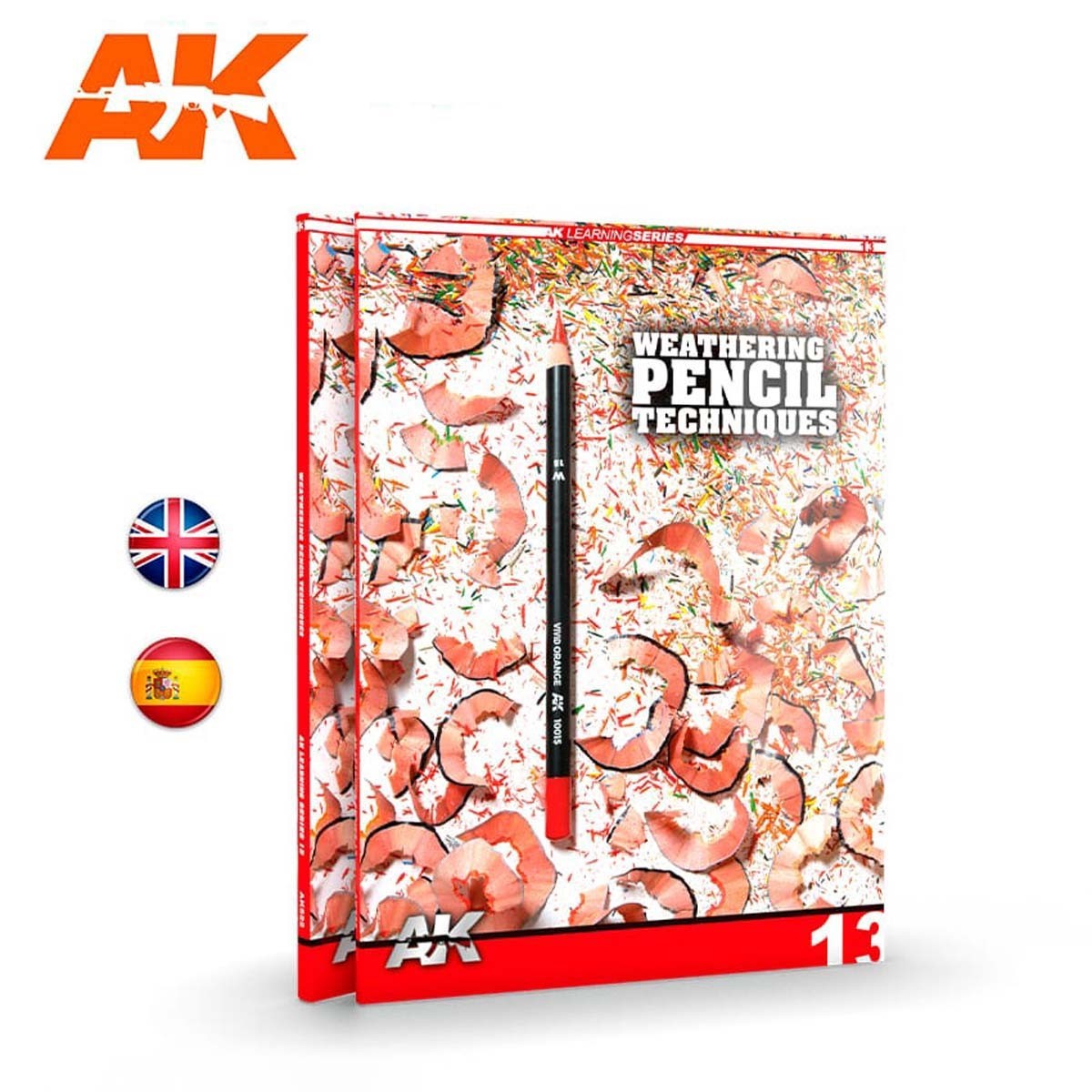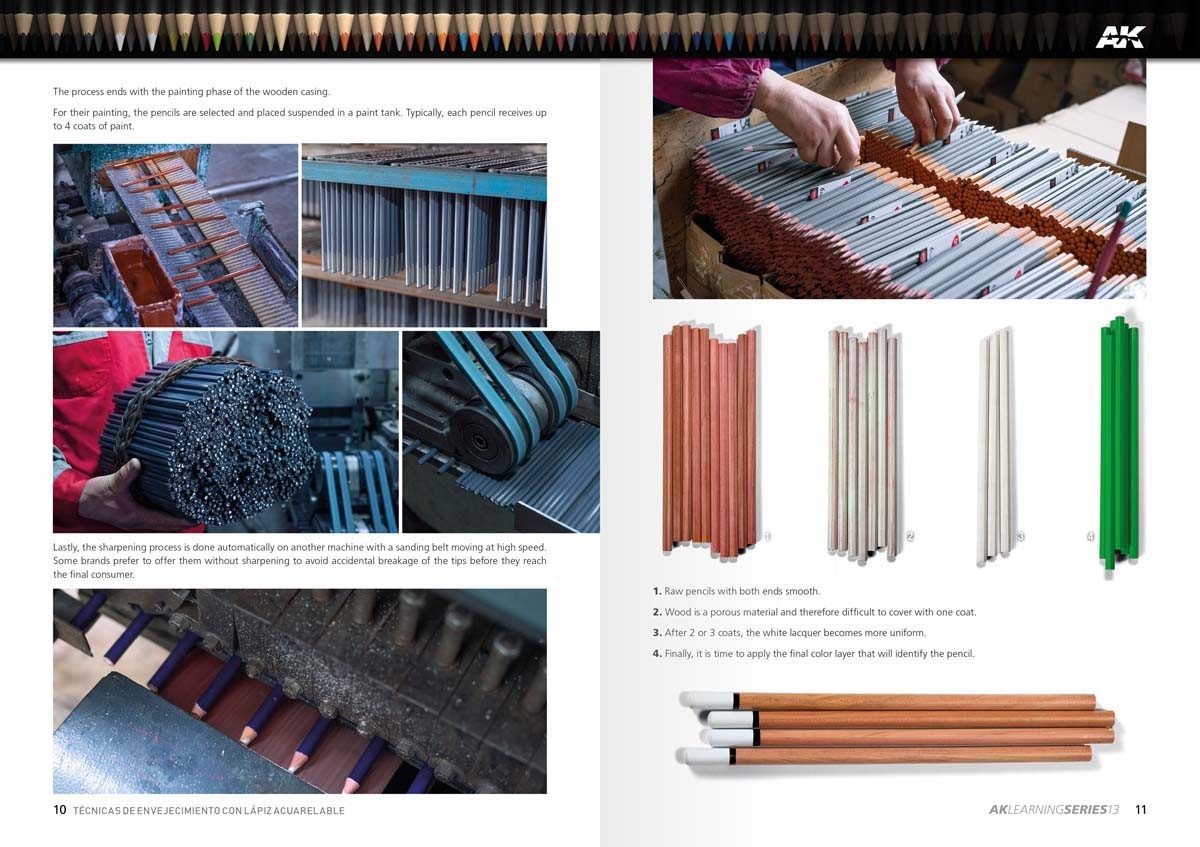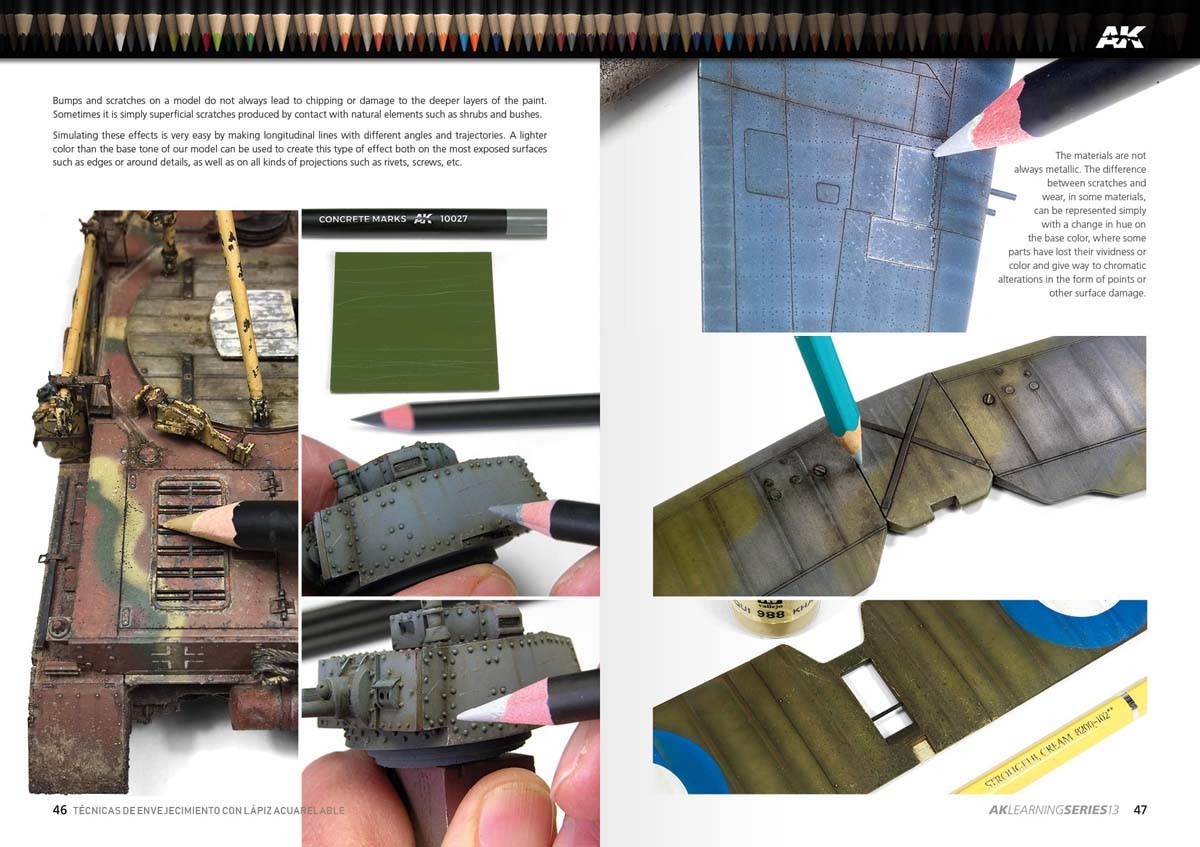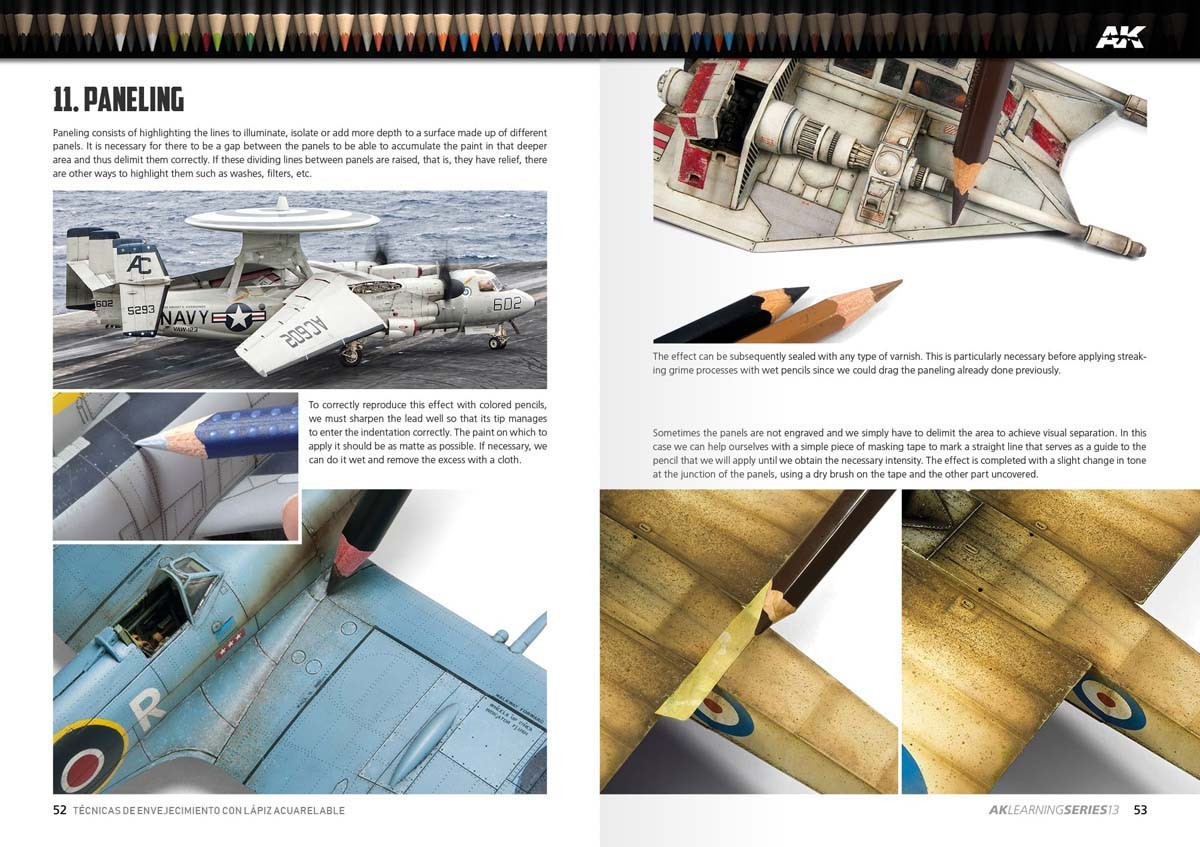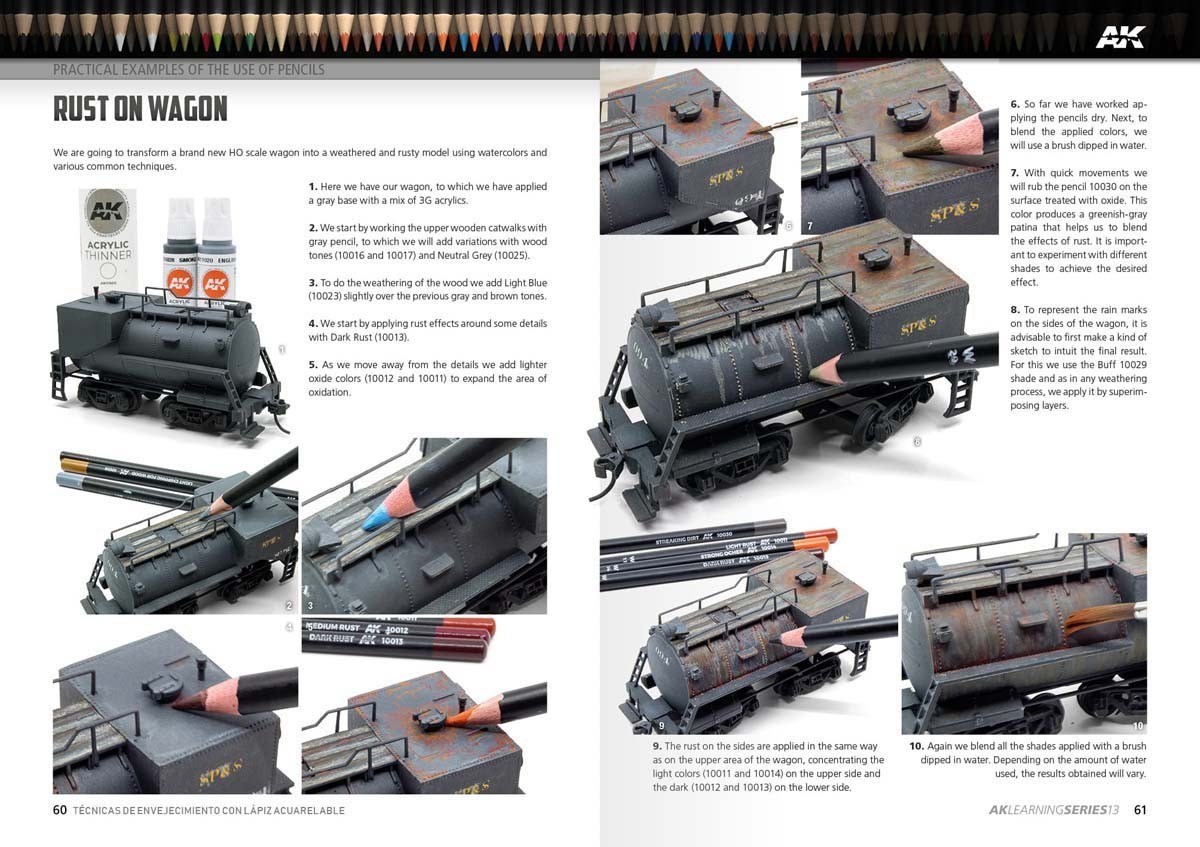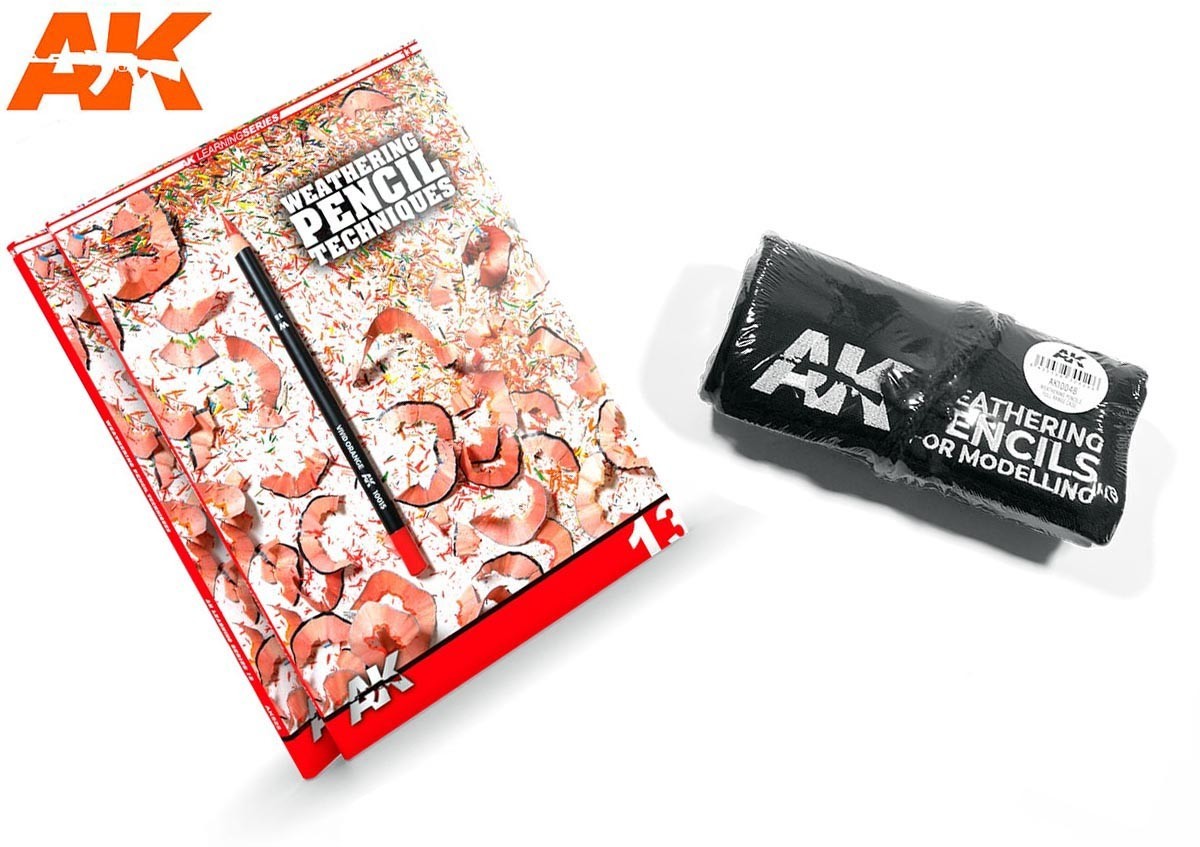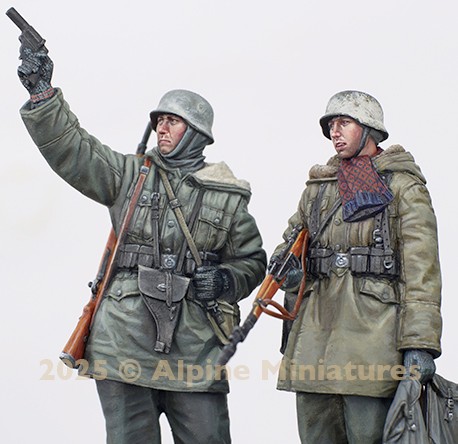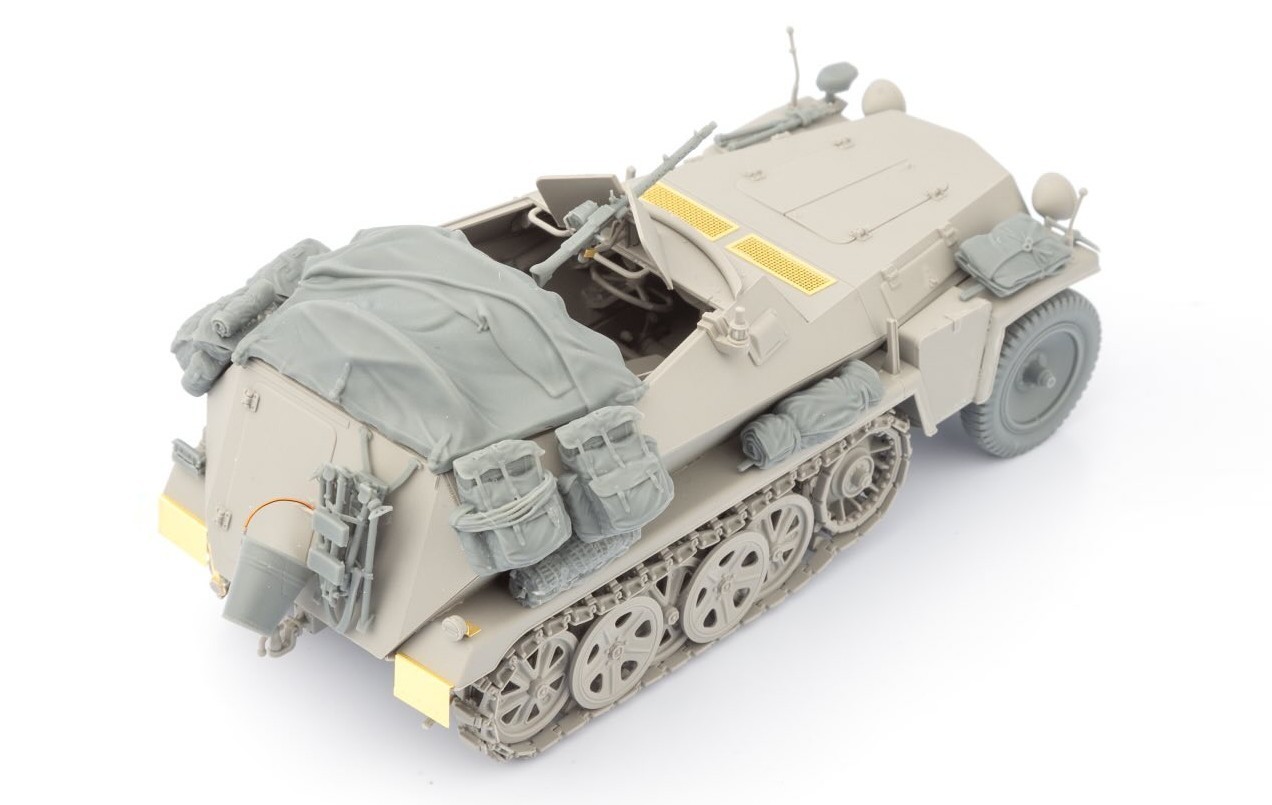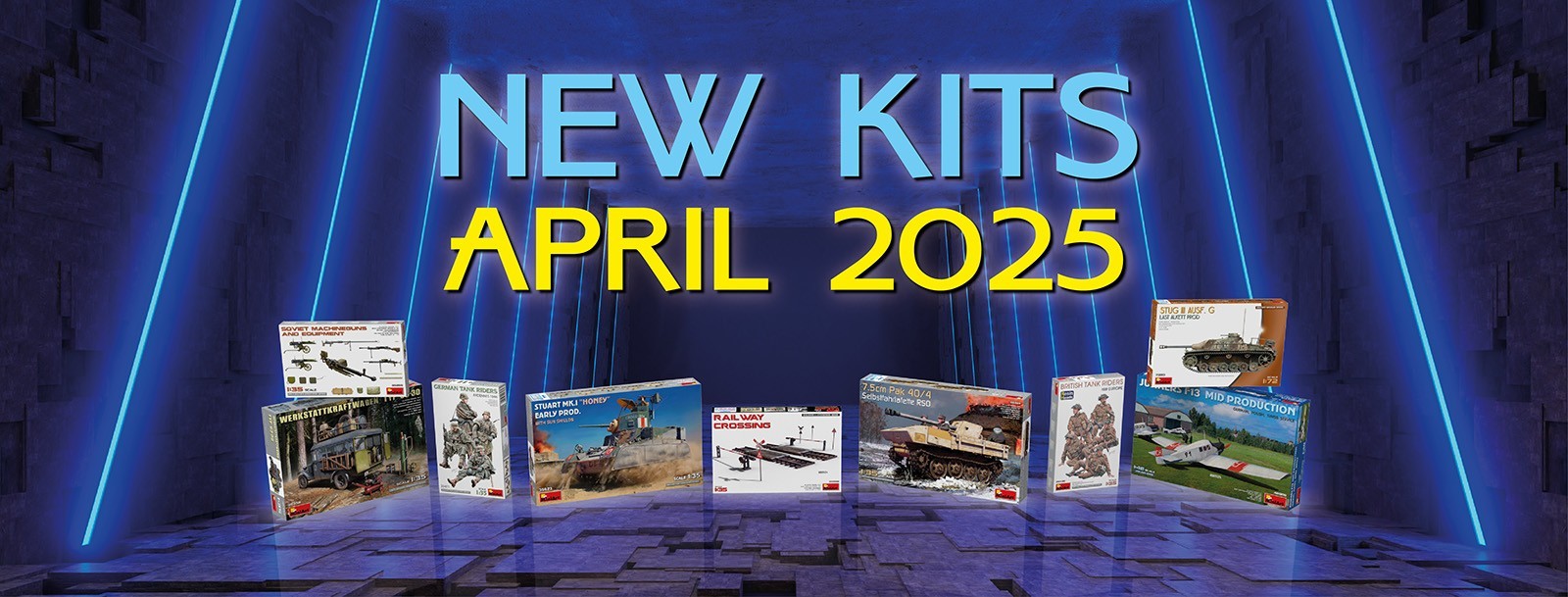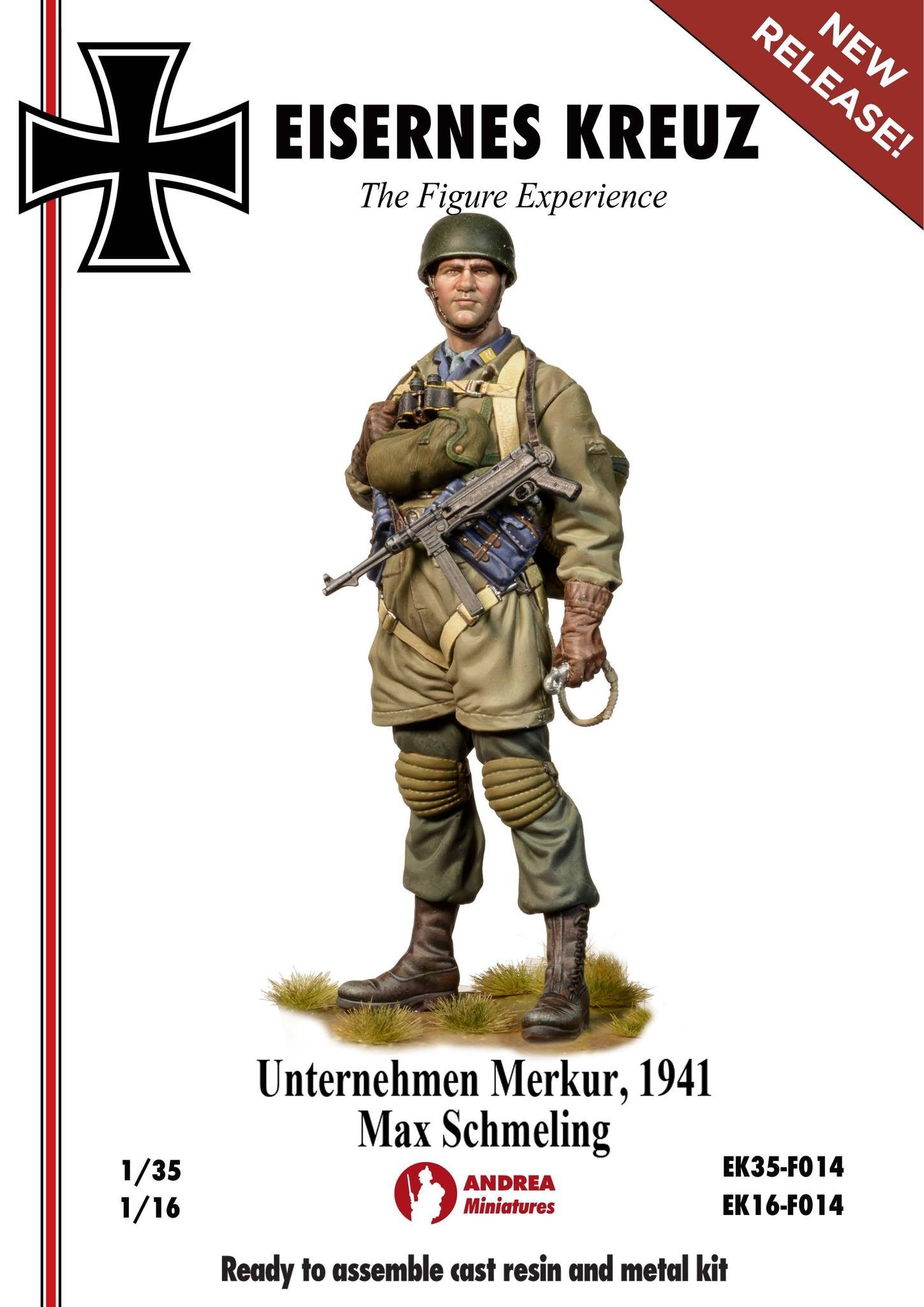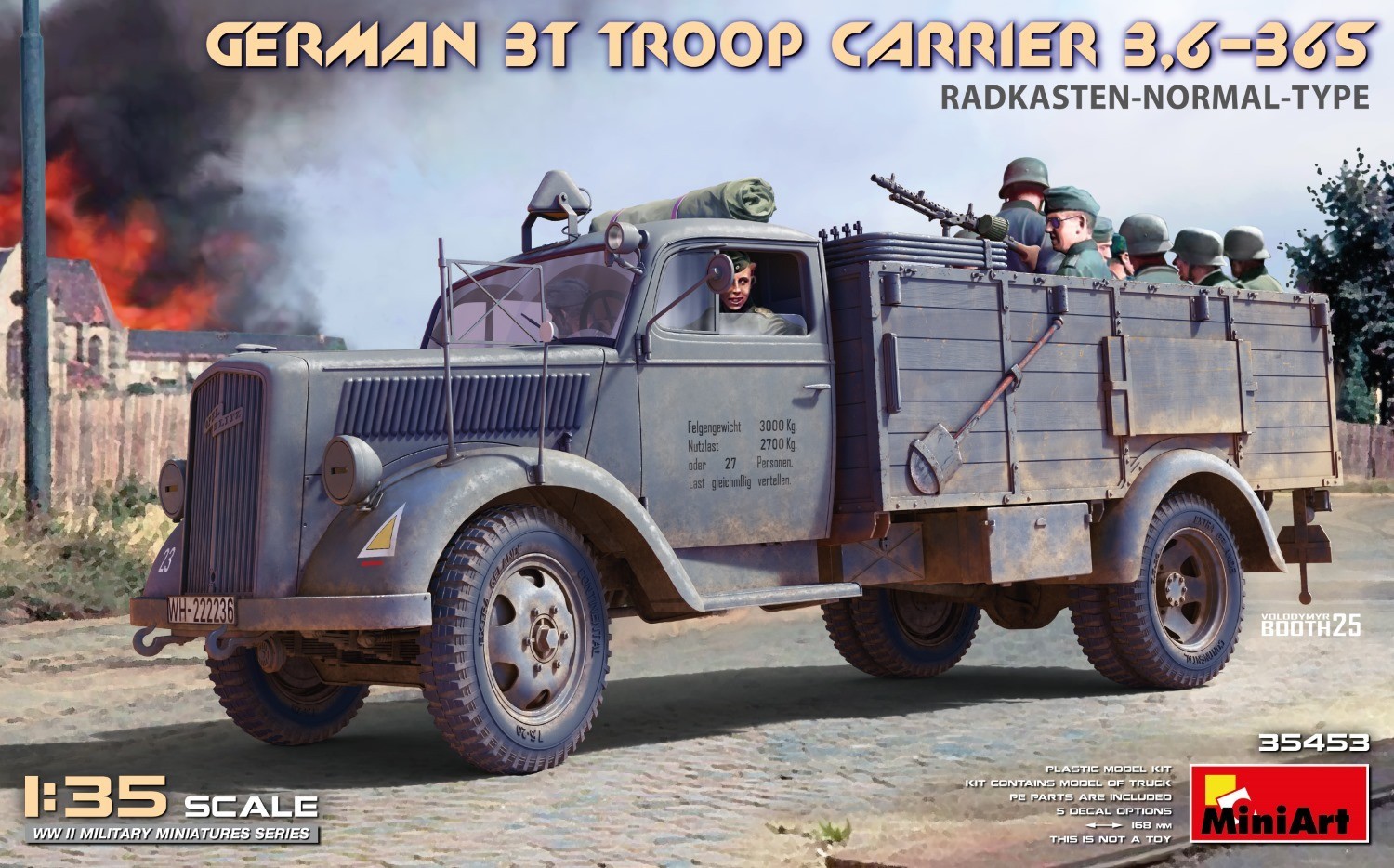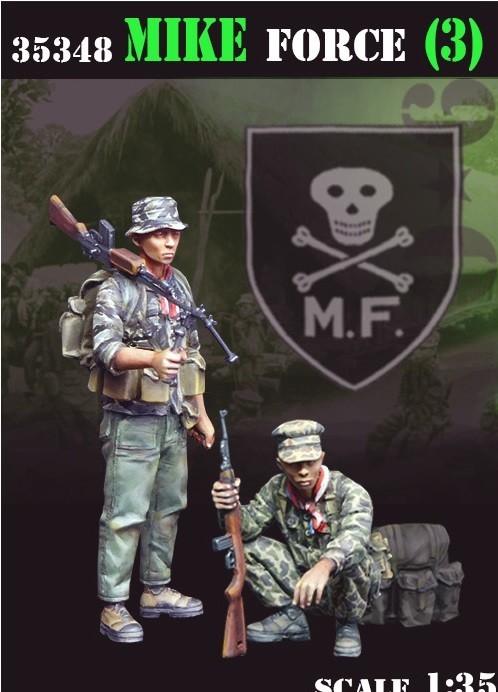
Introduction
AK have released a book covering the uses and use of pencils titled ‘Weathering Pencil Techniques’ and they have also released a cloth roll that contains 37 pencils that can be used in several ways and purposes. While these are two products I am reviewing them together as the modeller that has not utilised pencils in their modelling previously will benefit from both products. I have used pencils often when working to make tracks look the way I want, but I still learnt a lot from the book. Plus I feel these two products make for a perfect pairing in you have not utilised pencils in your modelling tool box.
AK Weathering Pencils for Modelling
The pencils provided in this release by AK contains 37 colours, many of these colours would not immediately conjure up a use for them. It is the uses of these pencils where the book comes in and I will look at that later. The pencils are available in two full sets which come in either the cloth role or boxed in trays. The pencils are also available in smaller sets if you are looking at them for a specific purpose and if preferred can be obtained individually or as replacements. I am pleased to see them available as individual purchases as some colours are bound to get more use than others. The pencils arrived blunted and will need to be sharpened for precision application.
The pencils are used dry and can be used to add a very precise detail such as to a face on a model or apply water afterwards to make them function as water colour paint so that they do the task of fading and shading. I have had a play on a wooden truck bed that has been sprayed with a red oxide undercoat. Use wise I will state the obvious and say to use the pencil in the direction that would be natural for the piece being worked on as it will stand out as odd if you don’t. Unlike drawing pencils the colours are achieved via wax colours mixed with a stabilizer.
As I have said I have used pencils for some time and I have learnt that expensive pencils are better than cheap ones, but it depends on the use you are putting the pencil to as to if you want a cheap or expensive offering. I use expensive pencils for detail work and precision application and cheaper offerings for mass coverage and where I am going to use a finger to move the colour around after application. This would be a similar technique to the use of water with these pencils where you add the pencil colour and then move it around or reduce its intensity with the water.

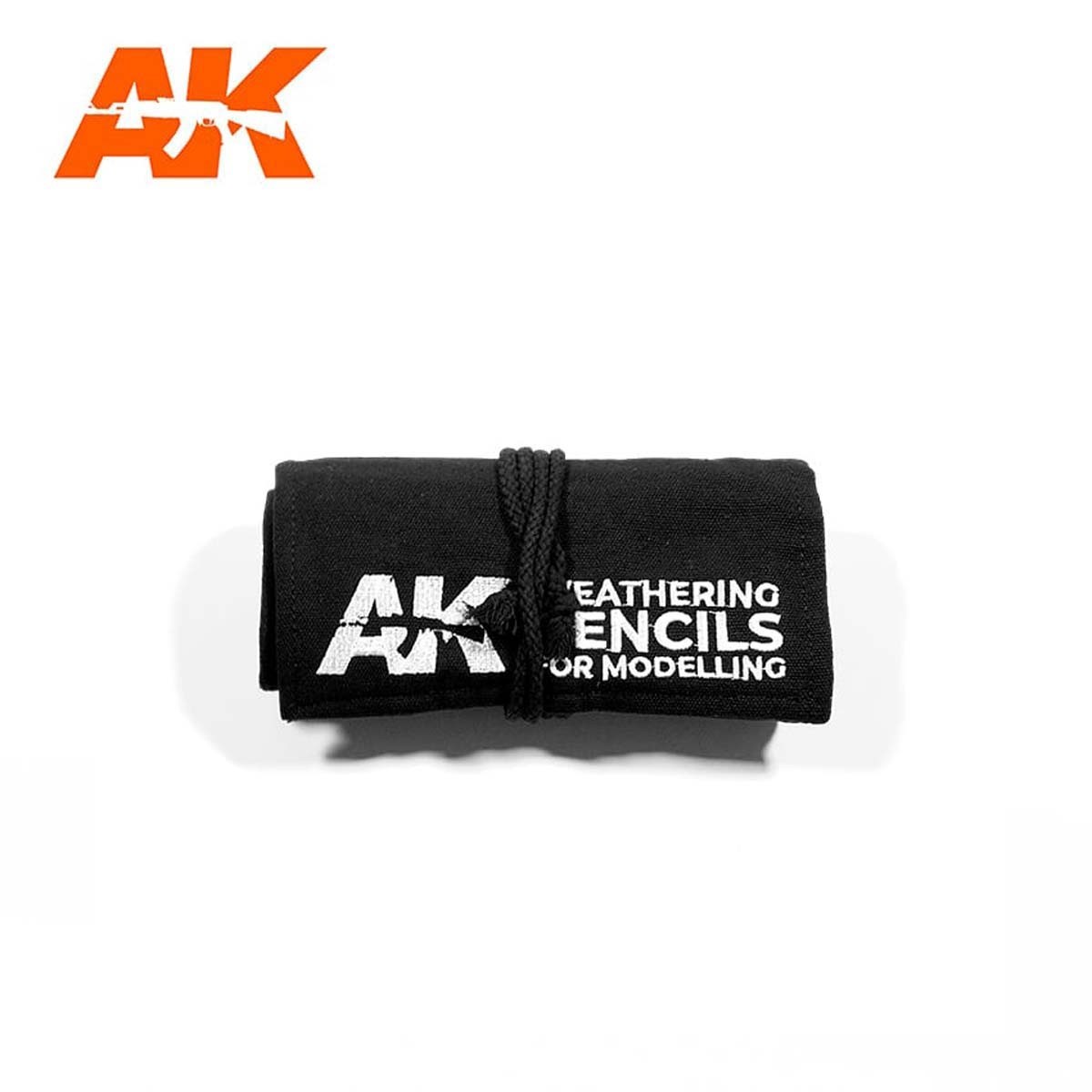


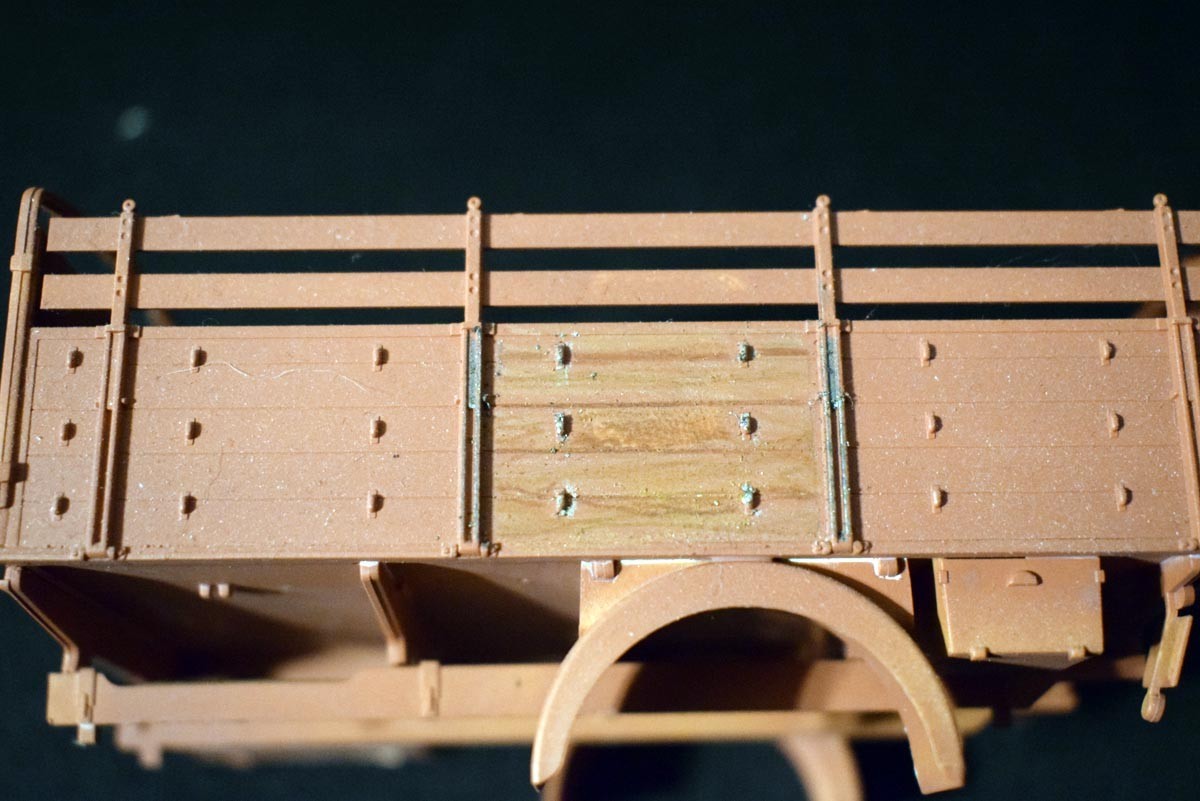
Weathering Pencil Techniques
The book is roughly A5 in size and is a soft backed book with a card cover, the cover provides protection for 92 gloss paper pages that present images very well. The text is presented in English and is very well written in its information provision. The book begins with a brief introduction to the pencil covering its history and production; this information is of little interest as regards the reason you have obtained the pencils, but I found it of interest and gave me an insight into why pencils are different shapes.
The book covers the use of these pencils for many different purposes as follows:
Introduction
Specific Applications of Pencils
Practical Examples of the use of Pencils
Each of these chapters has good number of sub sections to help the reader understand the why and the what for of the products use in order to get the most out of them, and it is made clear that the books contents will not make you a grand master as that takes practice just as with everything else. What the books information does do is gives you an idea of how to use the product for an appropriate use and at the end of the book a look at the results that are possible from their use.
What did I get from this book and is it worth it? I did learn things about pencils that I did not know, but that is of limited if any use to the modeller. What I found of most use was the correct use of the product and what could be done with a pencil that results in abetter finish than with paint. And I believe that having gone through the title that the pencil wins hands down when it comes to precise application of colour and fine touches with ease and easily fixed if a mistake is made. Using the pencils to add weathering to glazed areas of a model opened my eyes to possibilities that I had not dared try with paint.
